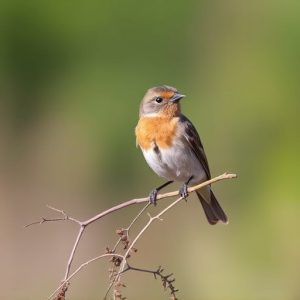Discover the captivating rhythms of bird migration in Southern Arizona, where seasonal timetables bring a vibrant dance of feathered visitors. This article explores the intricate patterns and routes these migratory birds take, highlighting key stopover sites along the way. From spring’s early arrivals to fall’s grand departures, we delve into the timing and behaviors that make birding in southern Arizona an unforgettable experience. Learn about conservation efforts preserving this natural spectacle for future enthusiasts.
- Understanding Bird Migration Patterns in Southern Arizona
- Key Migratory Routes and Stopover Sites
- Seasonal Timelines: Spring and Fall Migration
- Unusual Migration Behaviors and Factors Influencing Them
- Top Birding Spots for Timing Your Visit
- Conservation Efforts and Their Impact on Migration
Understanding Bird Migration Patterns in Southern Arizona
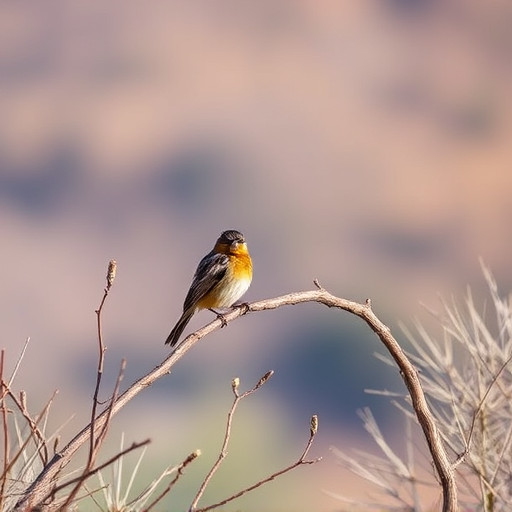
Birding enthusiasts in Southern Arizona are treated to a spectacular natural spectacle during the annual migration season. Understanding these migration patterns is key to appreciating the diverse bird species that pass through the region. Each year, millions of birds travel long distances between their breeding grounds and wintering areas, often covering thousands of miles. This phenomenon provides birders with opportunities to observe rare and common migratory species up close.
Southern Arizona’s strategic location along major migration routes makes it a hotspot for birdwatchers. The area experiences a surge in bird activity from late August through October when birds travel through on their southern journey, and again from March to May during their return to the north. During these periods, birders can expect to see a variety of warblers, thrushes, and even some tropical species that don’t typically reside in the area year-round. Understanding these timelines allows bird enthusiasts to plan their outings effectively, ensuring they’re in the right place at the right time to witness this remarkable display of nature’s wonders.
Key Migratory Routes and Stopover Sites

Birding enthusiasts in Southern Arizona are treated to a spectacular natural phenomenon during bird migration seasons. The region serves as a crucial stopover site for countless species, following key migratory routes that crisscross the state. These routes, often referred to as flyways, are well-established paths used by birds to navigate between breeding and wintering grounds.
One of the primary flyways in Southern Arizona is the Pacific Flyway, which stretches from Alaska to Mexico. This route sees a high volume of bird traffic, with species like warblers, thrushes, and hummingbirds passing through during their annual journeys. Other significant stopover sites include the Sonoran Desert National Monument and several important wetlands along the border, offering critical rest and feeding opportunities for migrating birds. Birding in these areas presents an incredible chance to observe diverse avian life as they refuel and prepare for the next leg of their journey.
Seasonal Timelines: Spring and Fall Migration
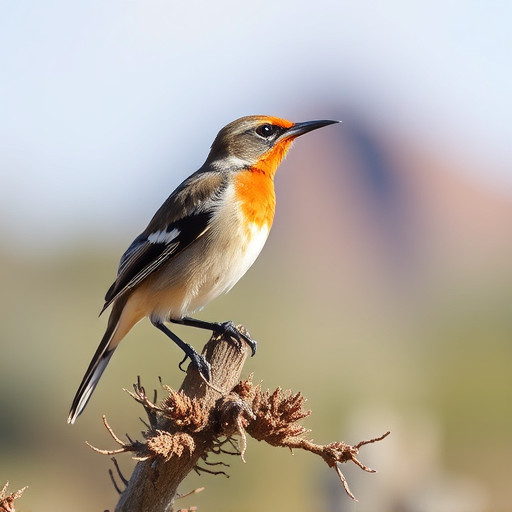
In the vibrant landscape of birding in southern Arizona, understanding seasonal timelines is key to witnessing the remarkable migration patterns of various feathered species. Spring and fall migration mark the two most significant periods when birds make their long-distance journeys, often traveling between their breeding grounds in the north and wintering habitats in warmer climes.
During spring migration, birds begin their northward journey as early as mid-March, with peak activity occurring from April to June. This is a bustling time for birders in southern Arizona, as countless species pass through, including warblers, thrushes, and even some spectacular shorebirds. In contrast, fall migration starts around late August, with the majority of birds departing by early November. This season offers a different set of sights, with species like raptors, ducks, and swans making their way south, creating a symphony of flight in the skies above the state.
Unusual Migration Behaviors and Factors Influencing Them
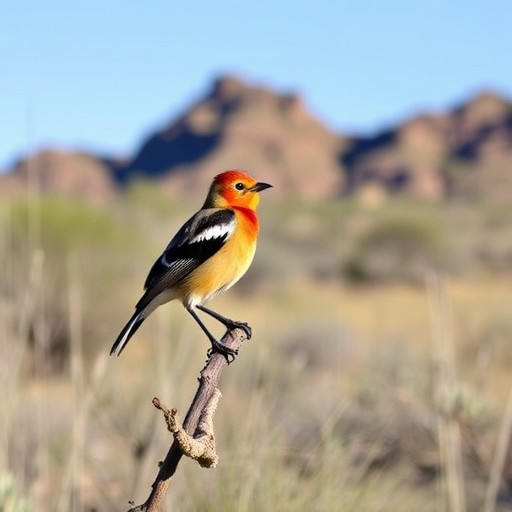
In the vibrant world of birding in southern Arizona, migration patterns often display unusual behaviors that captivate both seasoned and novice observers alike. These unique migrations are influenced by a myriad of factors, including weather conditions, food availability, and habitat changes. For instance, some bird species may deviate from traditional routes due to severe weather events or follow alternative paths to take advantage of abundant food sources in unexpected areas.
Various environmental cues play a pivotal role in these behaviors. Changes in day length, temperature drops, and the emergence of specific plant species all act as signals, triggering birds to begin their long-distance journeys. Additionally, human activities like habitat development or changes in land use can significantly impact migration patterns. Understanding these influences is key to appreciating the intricate dance of bird migration in this diverse southern Arizona landscape.
Top Birding Spots for Timing Your Visit
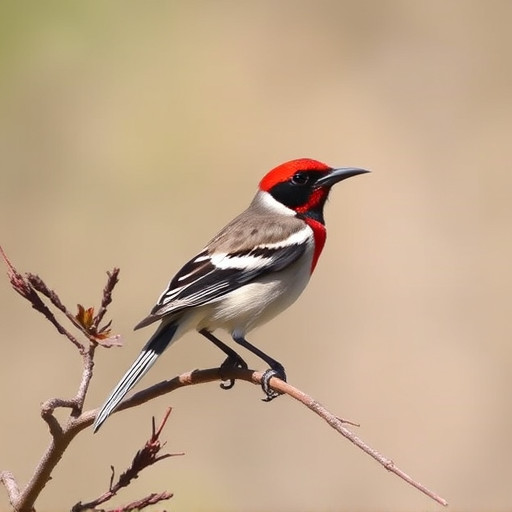
Southern Arizona is a haven for birding enthusiasts, boasting diverse ecosystems that attract a wide range of feathered visitors throughout the year. To maximize your chances of spotting migratory species, timing your visit to these top birding spots is key. The Sonoran Desert, with its unique microclimates and abundant resources, serves as a vital stopover point for birds traveling between North and South America. Consider visiting places like the Saguaro National Park, where you can observe both desert and mountain habitats, drawing various migratory birds.
During spring and fall migrations, areas near water bodies like the Santa Cruz River and its surrounding wetlands become hotspots for bird activity. These waterways provide essential rest and feeding grounds for weary travelers, making them ideal locations to capture glimpses of rare species. Additionally, the diverse elevation changes in the region, from desert floors to mountain peaks, mean different migratory patterns and a broader variety of birds. Plan your trips accordingly, and you’ll be rewarded with unforgettable birding experiences in southern Arizona.
Conservation Efforts and Their Impact on Migration

In recent years, conservation efforts have significantly enhanced birding experiences in Southern Arizona, particularly during bird migration seasons. These initiatives focus on preserving and restoring habitats critical for migratory birds, such as riparian zones and native vegetation. By protecting and expanding these areas, local organizations and volunteers ensure that birds have access to food sources, nesting sites, and safe rest stops along their arduous journeys.
The impact of these conservation efforts is evident in the increased diversity and numbers of bird species observed by birders. Restored habitats not only support a healthier population of migratory birds but also foster year-round residency for various avian species. As a result, Southern Arizona has become an increasingly popular destination for birding enthusiasts seeking to witness the remarkable spectacle of bird migration up close.
Bird migration in Southern Arizona is a captivating natural phenomenon that attracts birding enthusiasts from around the world. By understanding the intricate timelines, routes, and influencing factors, visitors can optimize their experiences at top birding spots. The region’s conservation efforts play a vital role in preserving these migratory paths, ensuring a vibrant tapestry of bird life for generations to come. So, whether you’re a seasoned birder or just starting, timing your visit during the spring or fall migration seasons could offer unforgettable sightings and contribute to the preservation of this unique ecosystem.
